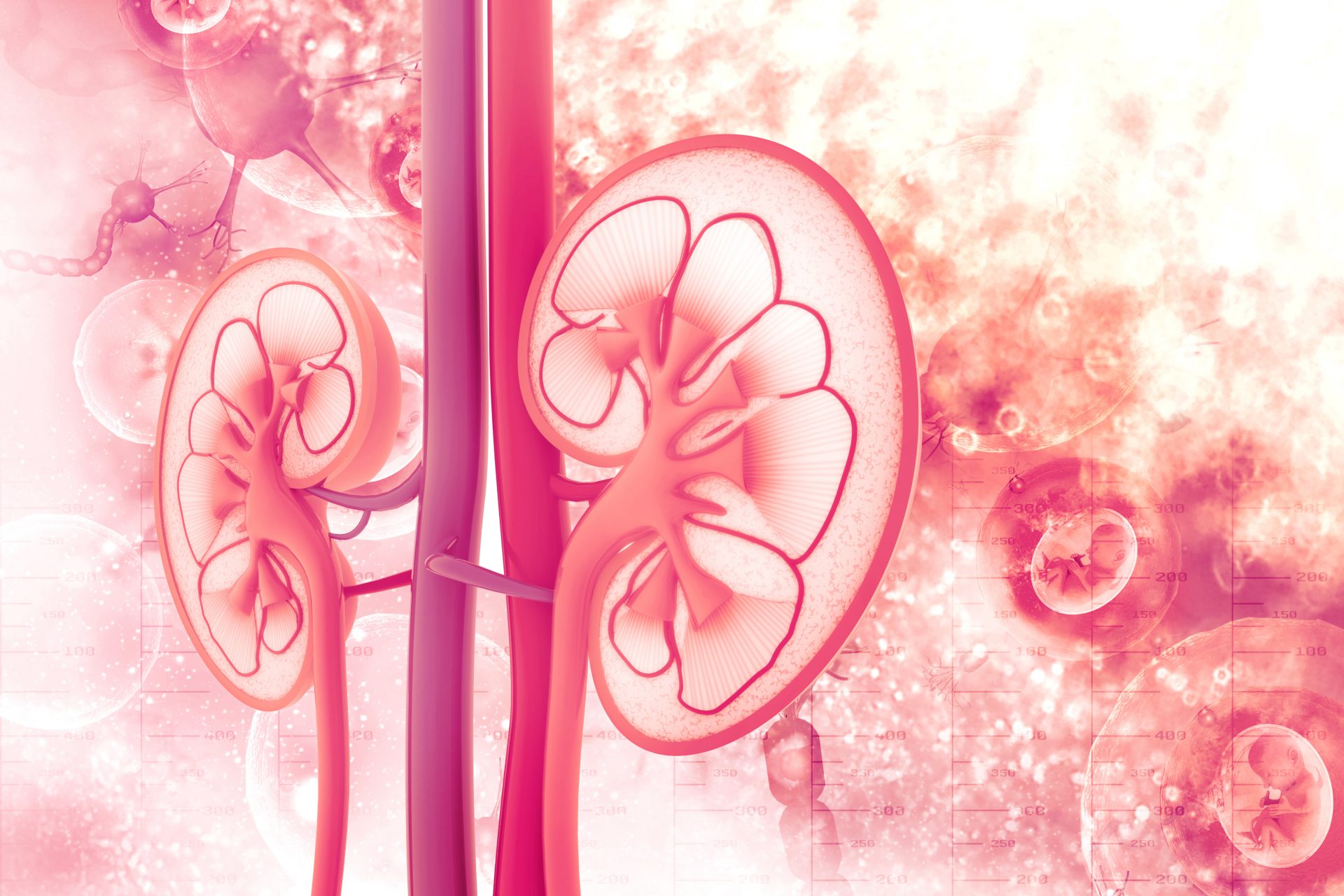C-peptide, a marker of beta cell reserve, is associated with complications in patients with type 2 diabetes mellitus. Hemoglobin A1c (HbA1c) level is also associated with both micro- and macrovascular complications in patients with diabetes. According to researchers in Turkey, Because HbA1c is calculated in percent in reference to hemoglobin measurements, measurements of HbA1c in patients with diabetes and anemia may be misleading.
The researchers, led by Bilal Katipoglu, MD, conducted a study to test the hypothesis that there may be a relationship between C-peptide index (CPI) and proteinuria in anemia patients with type 2 diabetes mellitus. The retrospective study was designed to examine the association between C-peptide levels and CPI in anemia patients with type 2 diabetes mellitus and proteinuria. Results of the study were reported in Endocrine Regulations [2020;54(1):1-5].
Eligible patients were ≥18 years of age with type 2 diabetes mellitus whose C-peptide levels were analyzed in endocrinology and internal medicine clinics between 2014 and 2018, with normal kidney function, defined as glomerular filtration rate >60 mL/min/1.73 m2, and who did not use any insulin secretagogue oral antidiabetic agent such as sulfonylurea.
The cohort included 342 patients: 258 (75.4%) were nonanemic and 84 (24.6%) were anemic. The median duration of diabetes was statistically significantly higher among patients in the anemic group (P=.003). There was no statistically significant difference in proteinuria between the two groups. Low-density lipoprotein cholesterol and high-density lipoprotein cholesterol were similar between the two groups, as were C-peptide and CPI levels.
Anemic patients with type 2 diabetes mellitus were corrected according to age, sex, and diabetes duration; C-peptide and CPI levels detected were not statistically significant to predict proteinuria.
“The present study sheds light on the association between C-peptide, CPI, and anemic diabetic nephropathy in type 2 diabetes mellitus patients and indicates that further prospective studies are needed to clarify this issue,” the researchers said.
https://content.sciendo.com/view/journals/enr/54/1/article-p1.xml
Credit: Original article published here.









